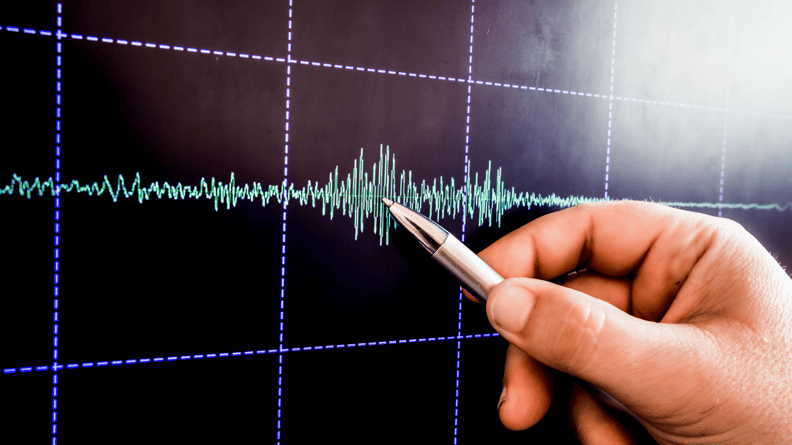
Natural disasters – like earthquakes, floods or pandemics – can have massive, sometimes disastrous, impacts on businesses. For example, when the 2010 and 2011 earthquakes struck Canterbury, we weren't as ready as we should have been, and the impact was devastating. It begs the question: if the use of data and technology had been more widespread at the time, would it have lessened that impact?
The outbreak of Covid-19 has been compared to those earthquakes in terms of the impact it's having on businesses. Can we take the lessons we've learned from the earthquake and use them to improve business continuity during the pandemic? Conversely, can we use our Covid-19 experience to improve our response to the next earthquake? Although Covid-19 has been devastating, there are lessons to be learned from it as with all destructive events, including earthquakes. What are our insights?
Data alone is not enough
There’s no shortage of raw data from Covid-19. In fact there’s too much raw data, available from just about anywhere in any form. This makes it nearly impossible to understand for good decision-making, especially for the non-specialist. One lot of data often appears to contradict another set. What to believe?
The desire to simplify becomes essential, to produce useful information from the raw data. Countries, governments and businesses had to respond swiftly to shore up their operations and minimise the virus spread. The last thing anyone needs is jargon and policy details that are only comprehensible to specialists. Information is needed to cut through the jargon and state the facts in plain detail. Simplified information, such as Covid-19 spread maps, is everywhere, helping to identify virus hot spots and providing a geographical assessment of the pandemic at a glance.
Visualisations such as heat-maps and graphs are effective because they deliver useful information: what they represent is geographically relatable, and the statistical data that's superimposed on them provides enough numerical detail to give most people a broad understanding of the real situation.
When an earthquake strikes, a similar response is crucial. No-one wants to waste time trying to comprehend a jumble of scientific analysis; it needs to be done in the background using the raw data that's available, and then present it in a way that's easy to understand. Mass technical data distilled down to useful information is a key foundation principle of Sentinel’s earthquake response and resilience service: use technology to analyse and process and present information in a way that it can be easily understood by the actual people who need to use it – not specialists.
Information is not enough either
Useful information helps to tell a story in a way that most people understand. But to take action based on information still relies on the interpretation of the person viewing it. We see this exact problem with Covid-19; people across all sectors and industries, including the media, can find and access large amounts of information. Translating this into society-wide, organisational and personal response actions still requires us to interpret what is happening. We then base our response on what we believe to be appropriate.
The result is wild discrepancies between countries, regions, organisations and individuals; there is little common understanding or acceptance of what might be ‘best practice’. Despite the wealth of information, practical decisions remain opaque and difficult. Do I mix with that group of people? Do I take public transport? What do I actually need to do to protect myself? Are masks effective? What is the real risk to me? What do I do if I actually get it?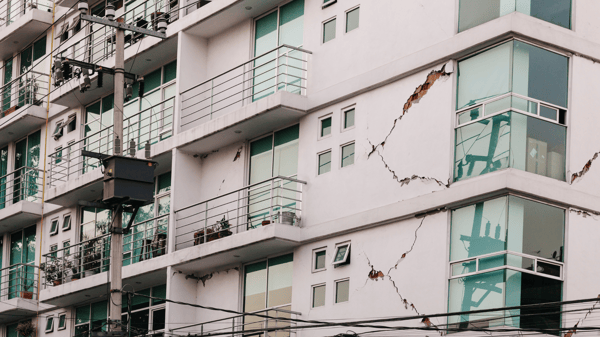
A key lesson from the earthquakes in New Zealand has been to eliminate the subjectivity between the ‘information’ and the ‘decision’ it leads to. The second foundational principle of Sentinel is exactly this: Sentinel uses our expertise to analyse mass data in real time, convert it to the information form that matters (response spectra for each location and building), compare it against what we know is the right base information, and then we provide a real time decision. Not data, not even information, but straight to a clear, simple, correct, safe decision.
This unlocks the true power of the original raw data. Whether that message is "building safe to occupy", "possible moderate non-structural damage - evacuate and inspect" or "potential major structural damage - unsafe to occupy", the occupier is able to take swift action. This minimises the risk to whoever occupies the building and reduces the likelihood of further damage or injury.
We’re in this together
Because Covid-19 is a virus that's had a global effect, logically the best approach is for countries to share their data, information and actions in a united effort to find and develop practical response solutions as swiftly as possible. Was there a clear plan internationally? Was this well understood and communicated? Was it bought into by everyone? Perhaps not.

An effective pre-agreed plan that everyone understands is critical to effective response management, in an earthquake or any other crisis. For example, many building owners lease their space to businesses. To minimise risk to those businesses and their employees, the building owner needs to collaborate with them to develop an earthquake response plan. The use of an earthquake response service like Sentinel provides everyone with the information and decisions they need to work together to ensure business continuity and employee / occupant safety.
And in the next earthquake
CSI's Sentinel solution and the decisions it delivers can be used by both businesses and building owners to prepare for an earthquake and protect themselves when once happens.
Sentinel directly measures ground shaking at hundreds of points. It then instantly compares the point-by-point shaking to every individual building’s design limits using best-practice and well-proven spectral analysis techniques. Decision action messages are sent immediately to the building occupants, the building manager and the structural engineer: to evacuate, or to continue business as usual. Unlike the traditional asset-management paradigm, Sentinel puts earthquake risk management directly in the hands of the people most affected.
Sentinel delivers Earthquake Response and Resilience as a service delivering real time practical decisions. Sentinel eliminates unnecessary business closures while accelerating economic recovery. The unique end-to-end service measures shaking at every building, analysing mass raw data to deliver the right information, at the right time, to make the right decision, to the right people.
A final thought. Ultimately, the comparison of Covid-19 information to that of Sentinel isn’t really about heatmaps or hot spots or visualisations. That's only the comparison to Sentinel’s underlying data – i.e., the information, not the decision. A better analogy to Sentinel would be a Covid-19 App that warned you if you were coming within 50m of someone who had Covid-19… and is currently infectious (“Amber alert - mask on”), then 20m (“Stop and check”), then 10m (“Stop and turn away”), then 5m (“Turn away immediately”), then 2m (Red alert - walk away, be aware you may be infected). It’s all about the decision!

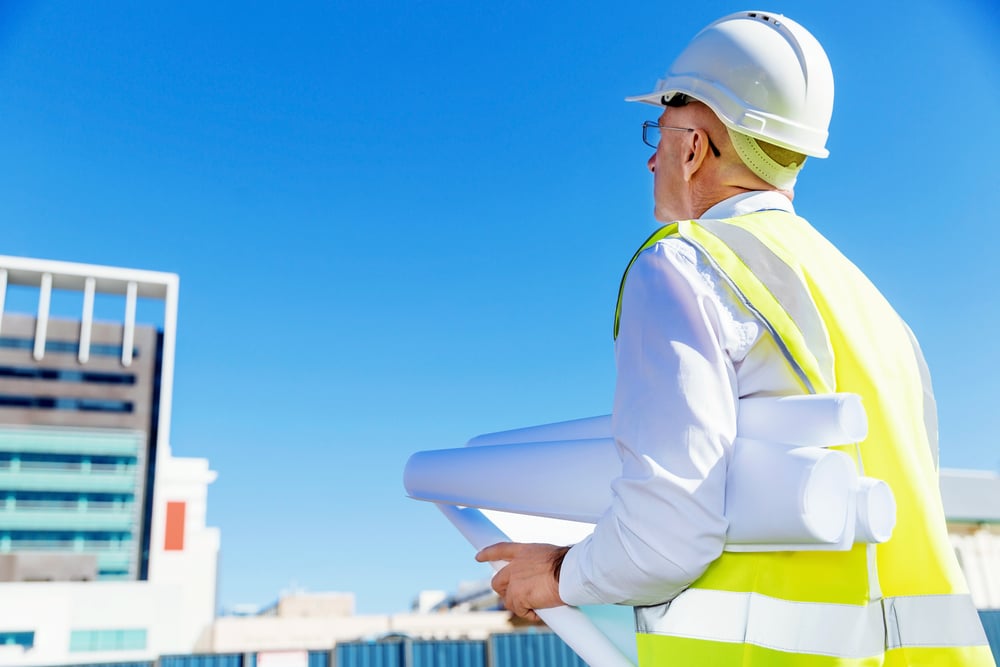
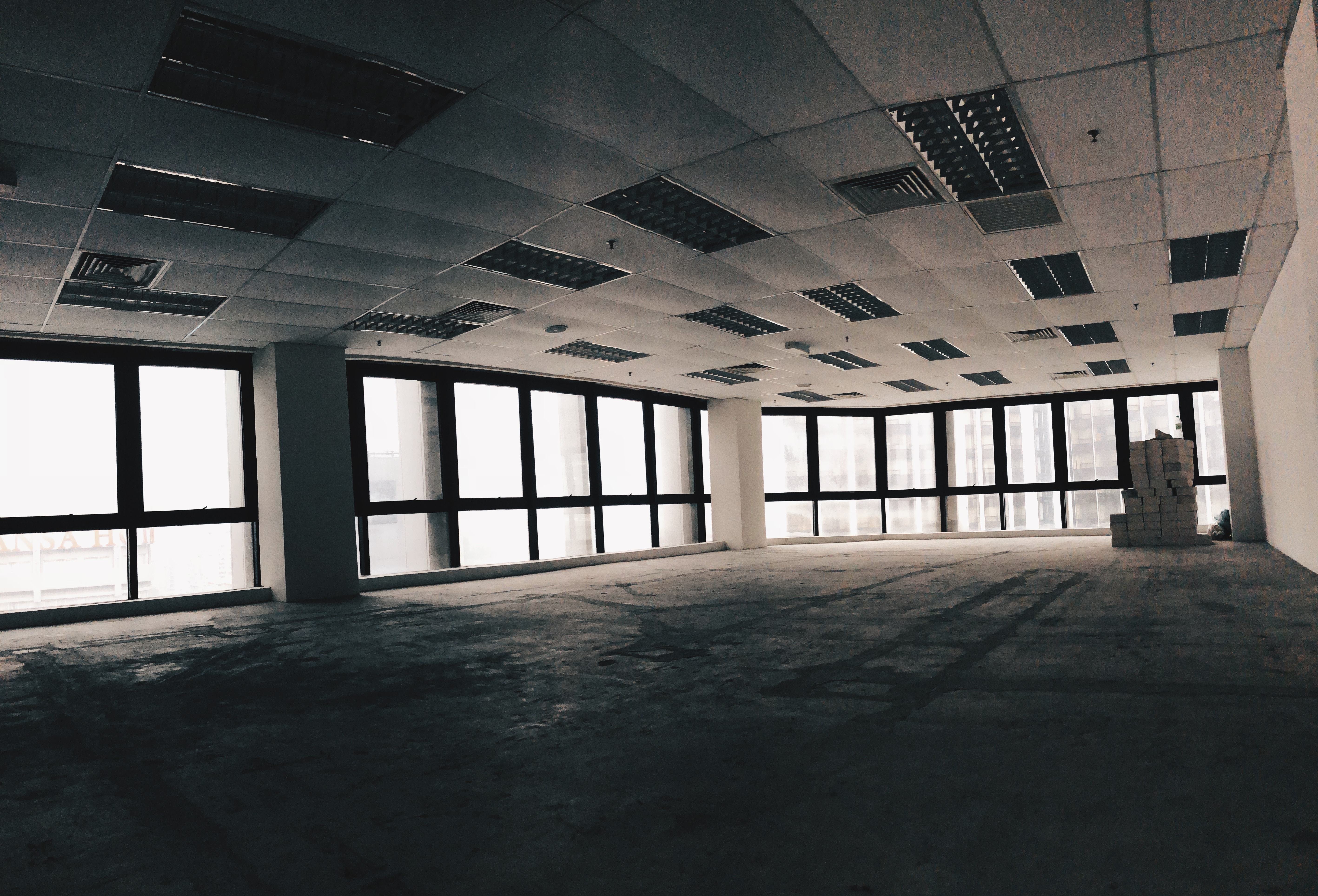
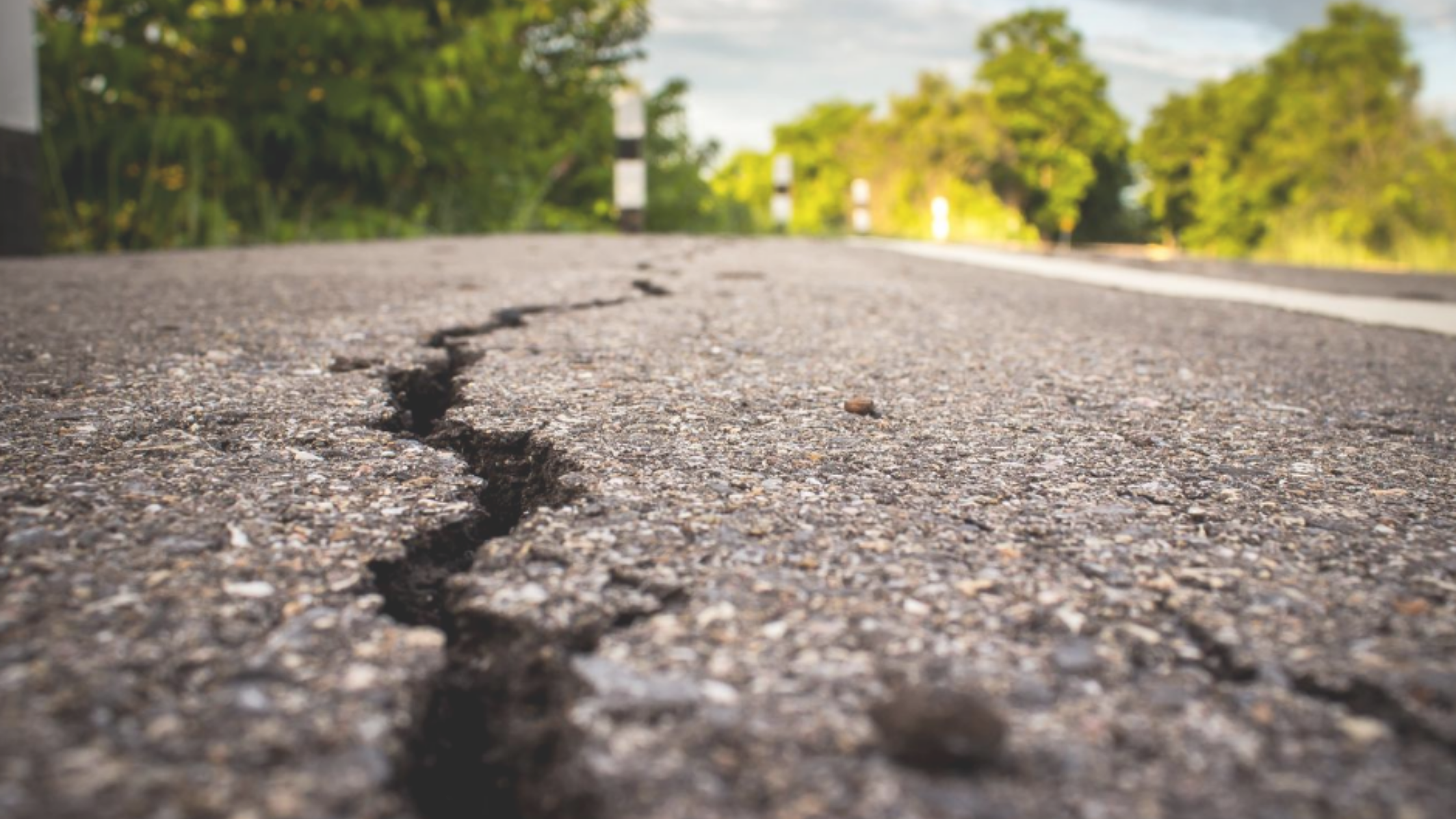
SHARE